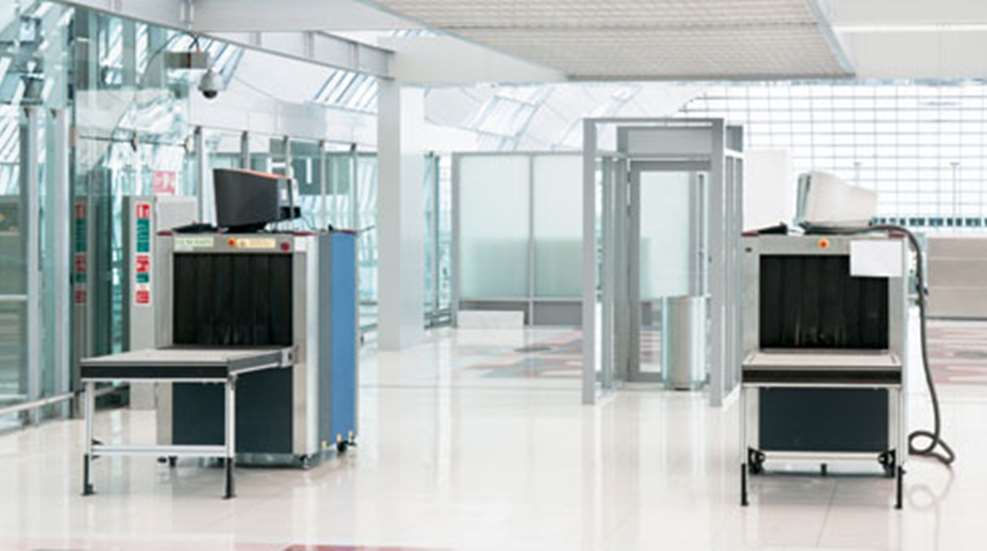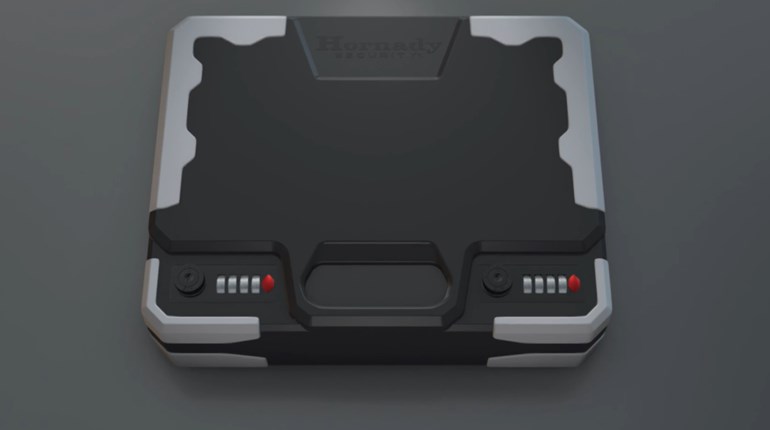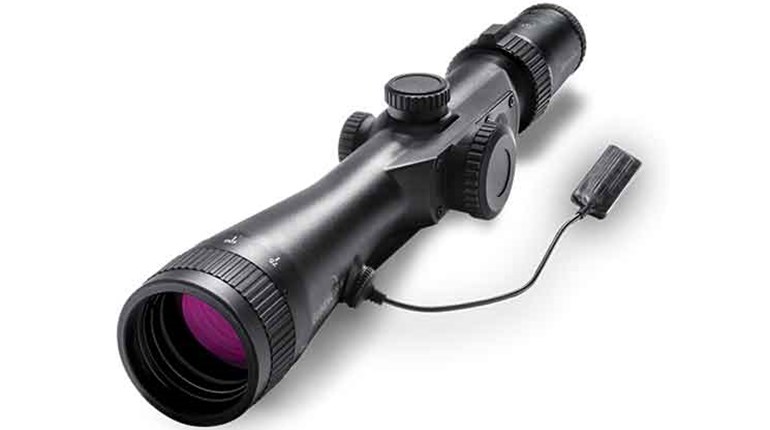
I was headed for famed waterfowl destination Stuttgart, Ark., for a few pre-Christmas days of duck and goose hunting. Besides the chance to experience America’s duck hunting capital for the first time, I was going to check out Winchester’s waterfowl-smashing Blind Side ammo and get a first-class calling lesson from Rich-N-Tone Calls owner John Stephens. After two days of deer hunting in the swamps of my Virginia farm, I pretty much threw all of the clothes I had worn during the hunt into my bag figuring I would have most of what I needed. I rushed to the airport, just beating the checked bag cut-off, wormed my way through security and scrambled to the gate. That’s when I heard the page.
“Douglas Howlett, please return to the ticket counter and speak to the police officer. Douglas Howlett, please return to the ticket counter and speak to the police officer.” Saying it twice made it sound so much more official!
“Police officer?” I thought. That’s never good, unless you need one. I didn’t at the moment. As I rushed out of the secure area, knowing I’d have to now go back through security again, I correctly guessed what I had done wrong. Somewhere in my bag were some loose shotgun shells. Approaching the counter, I put my best “aw-shucks” smile on my face and pleasantly asked the officer if she was looking for me (using the same tone you might use asking if she’d like fries with a burger.)
I politely told her who I was, upon which she shot back, “Do you know the rules for flying with ammunition?” Yep, I’d guessed correctly. No doubt I had forgotten some deer slugs in a pocket or a boot. Turned out it was sort of both. TSA had discovered three slugs tucked in the front pocket of my waders that I had been wearing to get to a deer stand in the swamp. I must’ve missed them when double-checking my gear. Ammunition has to be stored in its original packaging or wood or metal boxes designed to carry cartridges or shells.
I explained as much to the officer and TSA agent standing there and after her best effort to break me like Russell Crowe in “L.A. Confidential,” she decided I must be telling the truth and took my name and address and let me return to the gate with a stern warning. Fortunately, for all its criticisms, the TSA is fairly understanding of honest mistakes.
'It’s when you’re traveling out of country—and especially back in—that situations can get dicey. Flying to Mexico for a turkey hunt years ago, my hunting partners and I were pulled off the plane after it had already rolled away from the gate (they rolled it back in first), because it was discovered our paperwork to carry firearms into Mexico was incomplete. We were informed that had we landed in Mexico with the guns, we could have been arrested for attempted smuggling.
We got hamstrung on the return trip, too, after a U.S. Customs official informed us we had all failed to fill out the required Form 4457, which certifies that you are the owner of high-dollar items such as firearms, and more importantly, owned them before leaving the country. It seems Uncle Sam takes issue with Americans leaving the country to buy expensive products outside its borders in order to dodge paying taxes on them. The guy coordinating the trip had missed all of these very important details and like lemmings, the rest of us just followed him assuming everything was cool. A few words of advice: Don’t do that! When traveling out of the country—even if a buddy is coordinating everything—double check with the outfitter, U.S. Customs and the TSA, just to make sure all of your permits and paperwork are in order and that you understand the rules for transporting firearms and ammunition wherever you go.
For good measure, adhere to the following rules whenever traveling with firearms.
When Driving
• Know the transport rules for firearms in all of the states you will be passing through. Some require firearms to be in hard cases, while others can be openly stored on your passenger seat. Know the laws and follow them.
• When in doubt, store firearms in a locked, hard case for added security.
• If you’re a concealed-carry permit holder, know the CCW laws and reciprocity agreements in effect in the states you’ll be traveling through. You don’t want to lose that permit for a foolish violation in another state.
When Flying in the U.S.
• Declare all firearms to the airline during check-in and fill out the firearms declaration form the desk agent gives you. It then goes into the case with the firearm.
• Firearms must be unloaded and carried in a locked, hard-sided case.
• Whether you must carry your gun directly to TSA for inspection or the desk agent sends it to the back, ask whoever takes the gun from you if you should remain close by in case they need to unlock the case or ask questions. If you have TSA-approved locks, you probably won’t have to hang around, but it still doesn’t hurt to ask if they have any questions. It beats getting out of line at the security checkpoint, or worse, going through security twice.
• Securely pack ammunition in its original packaging or a wood or metal box designed to hold ammo. Ammunition must be transported in checked baggage, either with your luggage or in the locked case with the unloaded firearm.
• Blackpowder and percussion caps are forbidden. If traveling on a blackpowder hunt, make arrangements to buy what you need at your destination or ship it via ground UPS or FedEx well before your trip.
• Many airlines restrict the amount of ammunition that can be carried to 11 pounds. If you plan on flying with more than several boxes of ammo, it’s a good idea to check with your airline on how much you can carry before traveling.
• For more details on flying with firearms and ammunition, visit the TSA website.
When Flying Abroad
• Check with your outfitter to discuss what forms you will need to fill out and what permits you’ll need to secure to enter the country with a firearm. A reputable, established outfitter will be able to give you everything you need and make this part of the trip easy.
• Take your unloaded firearm to a U.S. Customs Office and fill out Form 4457, called the “Certificate of Registration for Personal Effects Taken Abroad.” You need to provide the make, model and serial number of each firearm you will be traveling with, and you need to allow a customs officer to record the information and stamp and sign the form to make it official. The form is good for as long as you own the firearm.
• If you are traveling with expensive cameras or other equipment, you may want to complete a 4457 for them as well. This will minimize hassles returning to the country with the items.
• When traveling to Canada, you simply have to fill out the CAFC 909 Non-Resident Firearm Declaration form in customs, pay the $25 processing fee and keep the stamped form with you as long as you’re traveling in the country and anytime you are transporting or carrying the firearm.
• When traveling to Mexico, according to Manuel Enriquez with El Halcon Lodge & Outfitters in Chihuahua, once hunters have a signed contract with their outfitter, they will need to fill out two forms with the make, model, caliber and serial number of their firearm(s) and pay a fee (as much as $350) to obtain a firearms permit. Two guns can go on a single permit and paperwork (most outfitters will handle this on your behalf) needs to be submitted at least 40 days before your planned hunt.





































